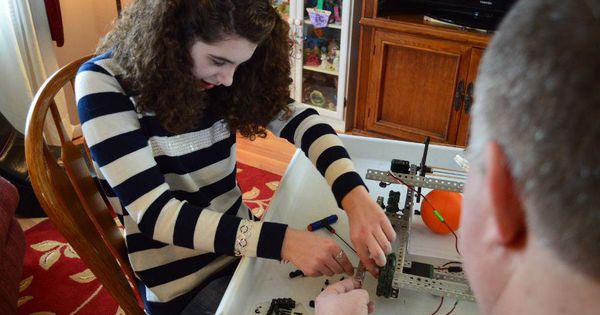This Innovative Studio in Belgium entertains their guests with augmented reality using 3D projection till their order is being prepared. 👏👏👏
Le Petit Chef by Skullmapping
Like HipToro for more.
This Innovative Studio in Belgium entertains their guests with augmented reality using 3D projection till their order is being prepared. 👏👏👏
Le Petit Chef by Skullmapping
Like HipToro for more.
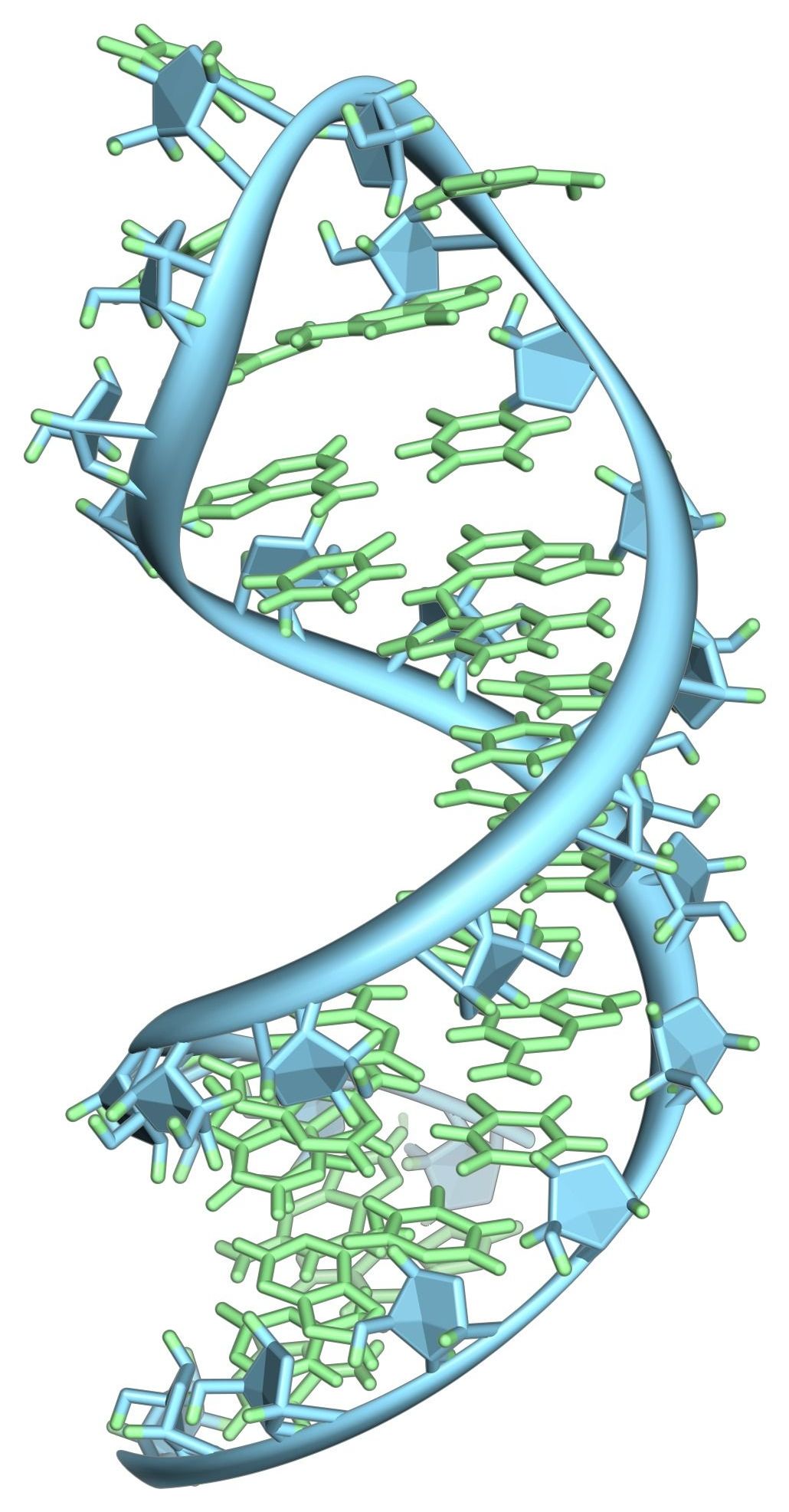
If scientists could precisely regulate gene expression, they could turn off the genes responsible for illness and disease and turn on those that enhance health and the immune system.
“This is why controlling gene expression is so fundamental,” said Northwestern University’s Julius Lucks. “Once you get a good handle on it, you can do anything.”
For Lucks, having a “good” handle on gene expression might be an understatement. He and his team have developed a powerful and versatile tool that achieves gene activation thousands of times better than nature.
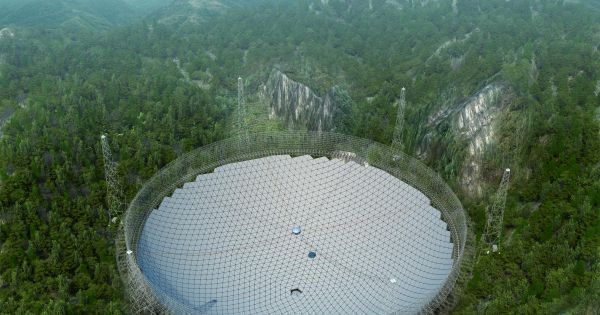
NASA’s new X3 thruster, which is being developed by researchers at the University of Michigan in collaboration with the agency and the US Air Force, has broken records in recent test. It’s hoped that the technology could be used to ferry humans to Mars.
The X3 is a type of Hall thruster, a design that uses a stream of ions to propel a spacecraft. Plasma is expelled to generate thrust, producing far greater speeds than are possible with chemical propulsion rockets, according to NASA.
A chemical rocket tops out at around five kilometers per second (3.1 miles/sec), while a Hall thruster can reach speeds of up to 40 kilometers per second (25 miles/sec).
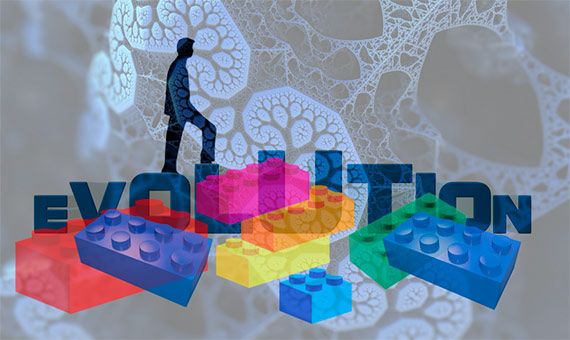
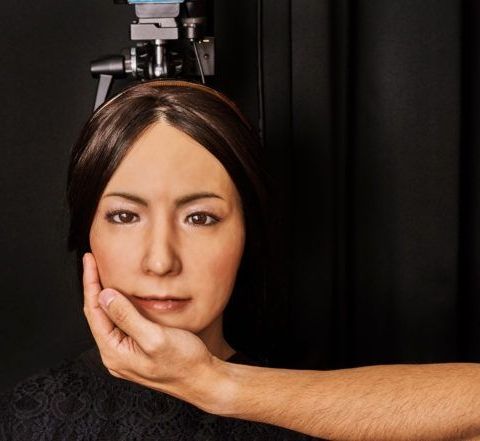
Love in the time of robots
Hiroshi Ishiguro builds androids. Beautiful, realistic, uncannily convincing human replicas. Academically, he is using them to understand the mechanics of person-to-person interaction. But his true quest is to untangle the ineffable nature of connection itself.
By Alex Mar 10.17.17

New NASA research is helping to refine our understanding of candidate planets beyond our solar system that might support life.
“Using a model that more realistically simulates atmospheric conditions, we discovered a new process that controls the habitability of exoplanets and will guide us in identifying candidates for further study,” said Yuka Fujii of NASA’s Goddard Institute for Space Studies (GISS), New York, New York and the Earth-Life Science Institute at the Tokyo Institute of Technology, Japan, lead author of a paper on the research published in the Astrophysical Journal Oct. 17.
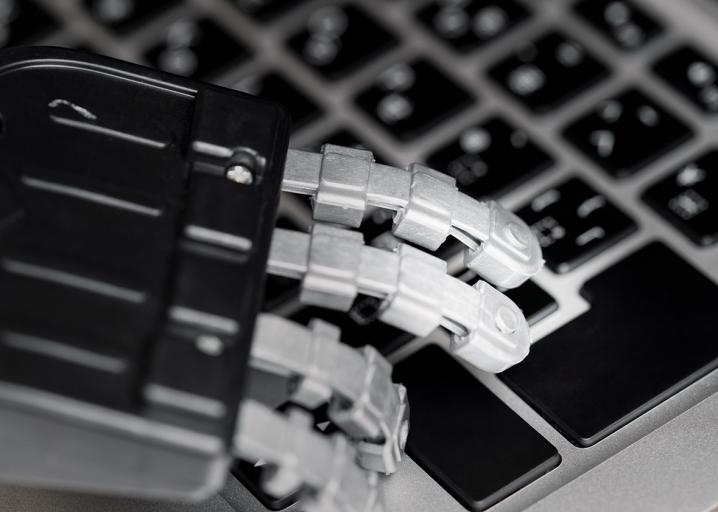
This has a look at where the intelligence of AI is at right now:
“the researchers came up with a means of testing intelligence that can be translated onto a 100-point scale. They purportedly administered their tests to actual human adults in 2014, and the average score for those 18 years or older was just around 97 points. A 6-year-old human averaged out to a score of 55.5.
In the 2016 A.I. testing rounds, no machine was able to crack the 50-point threshold, but Google Assistant got close. Based on testing in 2016, Google Assistant racked up a 47.28. The Chinese personal assistant Duer, created by Baidu, scored 37.20. Bing came out to 31.98. Apple’s Siri rounded out the top 10 with a score of 23.94.”

